1. Rooftop Putting Greens
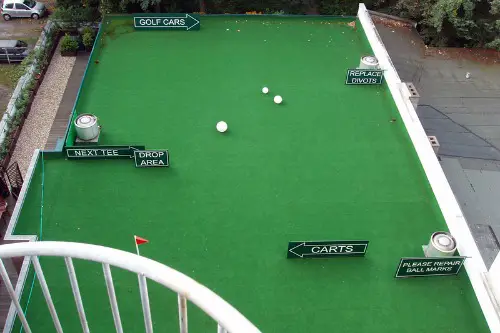
They look great in marketing brochures, but how many residents are really lugging a putter up to the roof? Putting greens on top of apartment complexes usually end up as underused patches of astroturf. Developers like them because they photograph well, especially against a city skyline. But in practice, they gather dust and bird droppings more than golfers.
For residents, the novelty wears off quickly. Unless you’re an avid golfer with a serious short game obsession, you’re not going to practice outside your apartment building. Many people don’t even own golf clubs, let alone have time to play. What could be a lounge space or a garden just ends up wasted on an audience that barely exists.
2. Dog Washing Stations
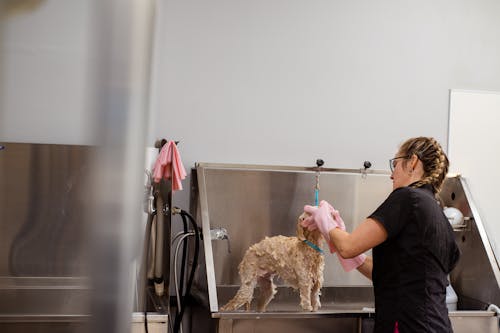
Pet-friendly buildings often include a dedicated dog spa with tubs, sprayers, and dryers. It sounds considerate, but in reality, most people just bathe their pets in their own showers or take them to a groomer. These built-in dog washes usually sit empty, or worse, turn into cluttered storage rooms. They’re expensive to build and maintain, but hardly anyone uses them regularly.
Owners also find them inconvenient. Lugging your dog, towels, and supplies to a shared wash station isn’t exactly practical, especially with nervous or heavy pets. The setup often feels like a gimmick to justify higher rent. A nice outdoor dog run tends to be far more useful than a luxury wash station.
3. Wine Cellars
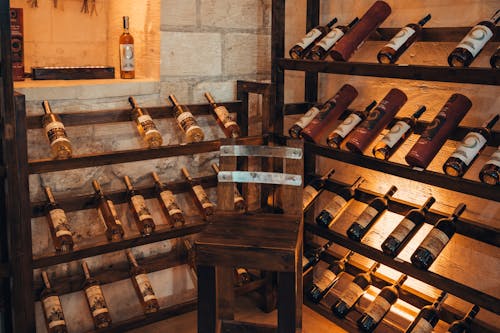
Developers love showing off sleek, temperature-controlled wine cellars in luxury buildings. But most residents don’t have expensive wine collections or care about storing bottles underground. What ends up happening is that these cellars get reserved for one-off events or sit locked and forgotten. They make a great sales pitch but have little day-to-day relevance.
The reality is that serious collectors already have storage at home or use professional facilities. For the average tenant, wine storage is just not a pressing need. People might host a tasting once, then never step inside again. It’s a lavish perk that sounds better in theory than in practice.
4. Rock-Climbing Walls
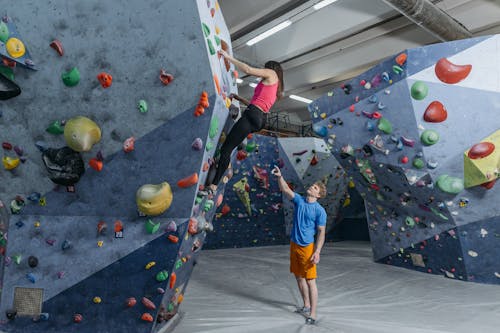
A full climbing wall in a building gym sounds adventurous. But unless there’s staff to supervise, liability issues often keep them closed or heavily restricted. They also take up massive amounts of space that could hold equipment people actually use. Residents usually end up sticking to treadmills and weights instead.
The climbing community tends to prefer specialized gyms with varied routes and real instruction. Without updates, a wall becomes repetitive very quickly. Maintenance is another issue—holds get loose and surfaces wear down. So the shiny wall that sells apartments at first ends up a giant, ignored feature.
5. Movie Screening Rooms
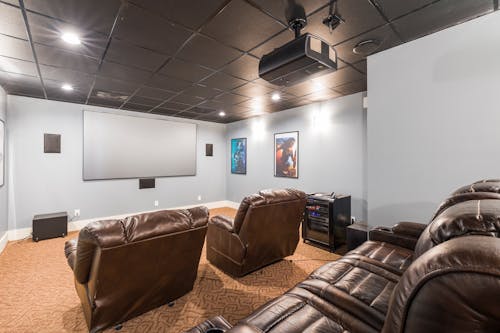
Developers often add private theaters with plush seating and surround sound. They seem cool during a tour, but in practice, residents rarely coordinate to watch movies there. Most people already have streaming services and big TVs at home, making the amenity redundant. Scheduling conflicts and reservation systems add extra friction.
When screening rooms do get used, it’s usually for kids’ birthday parties or one-off events. But week to week, they mostly sit dark. They’re also expensive to update with the latest technology, which means they quickly feel dated. By the time tenants consider using them, their living rooms often offer a better experience.
6. Business Centers
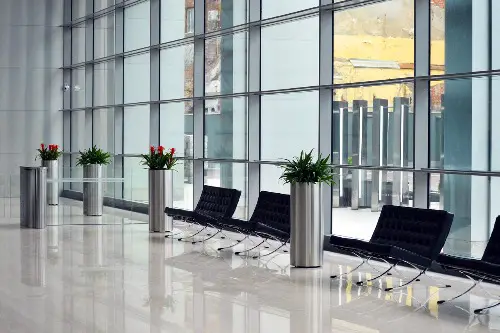
Once marketed as co-working spaces, business centers in apartment buildings were trendy a decade ago. But with the rise of remote work, most people have full setups at home. A few shared computers and a printer just don’t cut it anymore. Instead, these spaces often become ghost towns.
Even during the work-from-home boom, residents preferred coffee shops or proper coworking hubs. A couple of cubicles in a windowless room don’t inspire productivity. They’re essentially relics of a pre-laptop era. Developers would be better off creating quiet pods or reservable work nooks instead.
7. Saunas and Steam Rooms
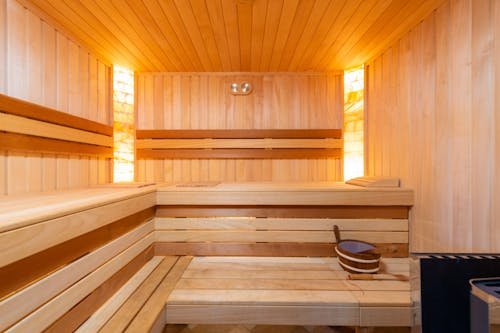
Wellness amenities sound fantastic on paper. But saunas and steam rooms in residential buildings are notorious for sitting unused or being shut down for maintenance. They’re expensive to keep sanitary and safe, which makes them more trouble than they’re worth. Many end up permanently closed because of upkeep issues.
For residents, using a sauna requires extra time, routine, and comfort with public spaces. Unless you’re a dedicated wellness enthusiast, most people just don’t bother. It’s much easier to go to a gym or spa that specializes in it. In apartments, these rooms often become glorified storage spaces.
8. Bocce Ball Courts
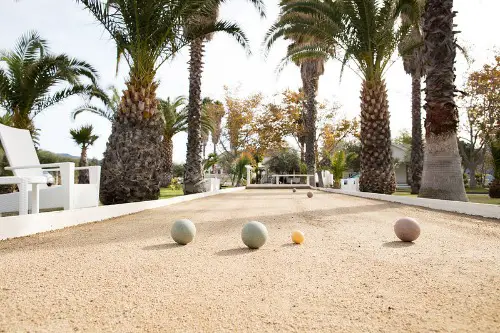
Developers keep including bocce courts as a quirky “social” amenity. But in reality, most tenants don’t know how to play, let alone gather groups for it. The long, narrow lanes eat up valuable real estate, especially in urban settings. They’re often empty while nearby lounges are packed.
The problem is that bocce just isn’t mainstream enough. It appeals to a niche audience, and even then, the novelty wears thin quickly. Without active programming or community events, the courts just sit there. They’re a clear case of “build it and they won’t come.”
9. Tanning Beds
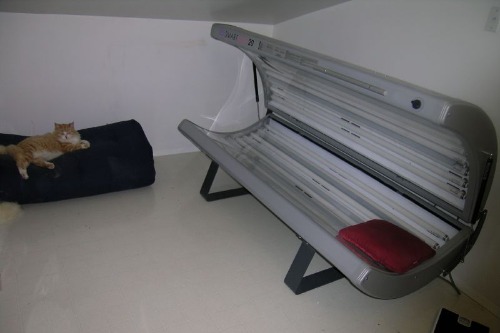
Once considered glamorous, tanning beds are now seen as risky and outdated. Despite the health warnings, some buildings still install them to project luxury. But most residents won’t use them, and many actively avoid them for safety reasons. This makes them one of the least practical amenities still popping up.
People today are more health-conscious, with sunscreen and spray tans being the safer norm. A tanning room ends up either ignored or repurposed awkwardly. Liability risks also make management hesitant to promote it. Yet somehow, developers keep pitching it as a perk.
10. Meditation Gardens
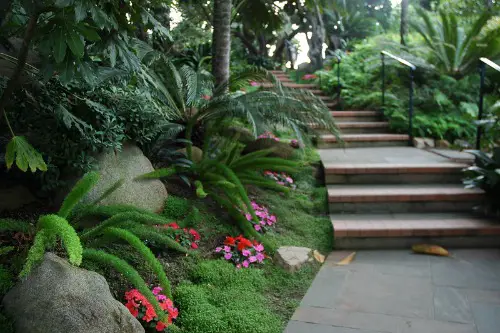
Serene gardens with fountains and stone benches are a staple in luxury building designs. They look calming, but in practice, they’re often empty. City noise, weather, and lack of privacy make them less relaxing than they appear in renderings. Without programming or maintenance, they quickly lose appeal.
The intent is good, but the execution misses how people actually use shared spaces. Most residents would rather relax on a rooftop lounge with Wi-Fi and friends. A quiet corner with a trickling fountain sounds nice but rarely gets used daily. It’s a case of aesthetic over actual function.
11. Bike Repair Stations
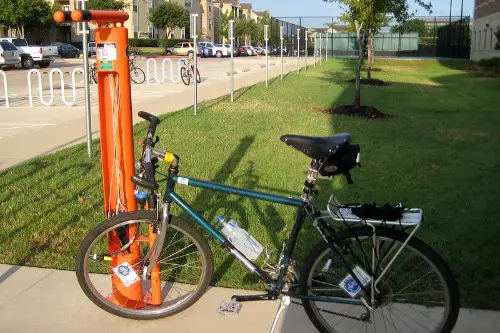
Many buildings add bike repair areas with tools, pumps, and racks. While it sounds handy, most cyclists do maintenance at home or at a bike shop. The provided tools often go missing or get damaged quickly. After that, the station becomes little more than a dusty corner.
Even when tools are intact, residents don’t want to risk complicated repairs in a shared space. It’s easier to make minor fixes themselves or seek professional help. Without management actively restocking and supervising, these stations just don’t serve their purpose. They’re more symbolic than practical.
12. Fire Pits
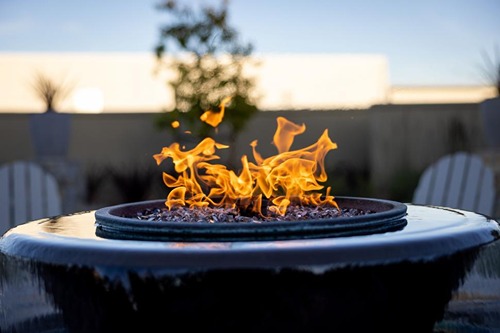
Developers love showing off rooftop fire pits with cozy seating. They’re perfect for photos, but in reality, they’re rarely turned on. Safety regulations, fuel costs, and management rules often limit their use. Residents see them as decorative rather than functional.
When they do work, fire pits are usually monopolized by a small group, making them less inclusive. Cold weather or hot summers also limit their usability. Meanwhile, the seating around them is still popular—just not the fire feature itself. They could easily be replaced by heaters or better lounge furniture.
This post 12 Amenities Developers Keep Building That Nobody Actually Uses was first published on Greenhouse Black.
